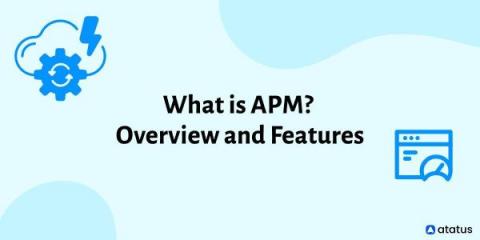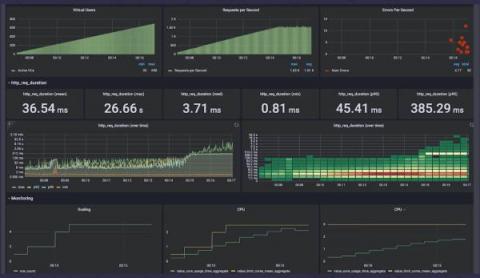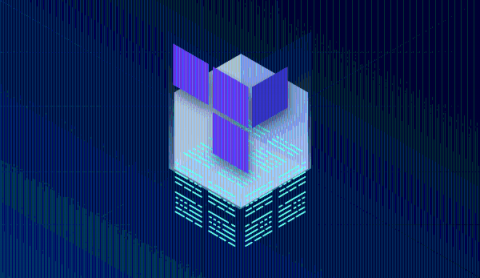Operations | Monitoring | ITSM | DevOps | Cloud
Latest Blogs
What is APM? Overview and Features (The Beginner's Guide)
Application performance monitoring (APM) extends observability beyond system availability, service performance, and response times in current, cloud-native contexts. Organizations can improve user experiences at the scale of modern computing by using automatic and intelligent observability. User experiences in software applications are monitored and managed using APM technologies.
How to build performance tests into your CI pipeline with k6, GitHub Actions, and Grafana
Performance testing is an essential component of building fast and reliable web services. Until recently, this testing typically happened later in the development process and was often performed by a separate team or even a third party. But speed is the competitive advantage for companies, and prioritizing testing during the development process can speed time to market for new applications.
Learn Terraform: Automate and Manage your Infrastructure easily
6 Signs Your Incident Response Steps Are Working
Although IT incidents have always been a concern, the increase in customer-facing technology adds the cost of a bad customer experience to the cost of responding to and remediating an incident. While in a perfect world, you’d be able to prevent incidents from happening in the first place, the reality is they do happen and more often than most of us would like to admit.
Building Relationships With Clients (2022 Guide)
How much do you know about building relationships with clients? In this guide, we are going to break down all you need to know about building relationships with clients. If you are exploring ways to increase customer retention and reduce churn, this is the perfect guide for you. Let’s dive straight into some practical tips on how to build strong and fruitful relationships with clients.
HTTP/3 is Fast
CFEngine 3.15.5 and 3.18.1 released
We are pleased to announce two new patch releases for CFEngine, version 3.15.5 and 3.18.1! These releases mainly contain bug fixes and dependency updates.
How Qovery Community plan works
Since we launched Qovery in January 2020, we offered free hosting ("Community" plan) for every developer. Providing free hosting was the perfect way to get product feedback and iterate with our users without the cost constraint. As our hosting infrastructure costs have drastically grown within the last 18 months, we had to reinvent our free offer. In a nutshell, we will continue to offer free hosting to involved community members only. Keep reading to know more 👇
Managing code signing on CircleCI using the runner
Code signing is an important part of testing and distributing your desktop and mobile applications. It ensures that the end user’s system can verify the legitimacy of your application. Because of the need for security around signed certificates, they are stored locally and not uploaded to the cloud. This constraint could prevent your team from fully automating your CI/CD pipeline.











